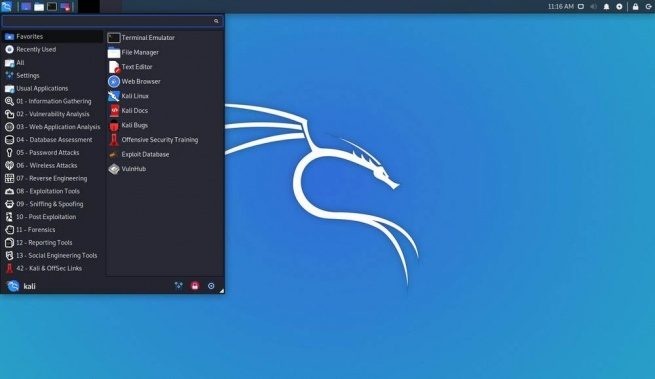

Writing the ISO file takes a few minutes.Īs an alternative, you can also download the ISO image file on a Linux system, and use the dd command to write the ISO image file to the USB drive. Use the Win32 Disk Imager tool to write the Kali ISO image file to the USB drive. Note that this tool doesn't work on Windows if you have a RAM disk and/or Encrypted disk configured on your system. Then, insert a USB drive into the computer of at least 8 GB.ĭownload Win32 Disk Imager from. Select the very first 3 GB file, named "Kali Linux 64bit" for amd64 based systems, assuming you will be using a 64 bit computer. Start of by downloading the 64 bit ISO image file from. įor this article, you will need a Windows based computer and a USB drive of at least 8 GB. The original documentation can be found at and. The General Use section has more information and you can also find tips on how to get the most out of Kali Linux in our User Forums.This article will focus on creating a bootable USB drive containing Kali Linux, allowing one to boot up a computer from USB with Kali Linux. Now that you’ve completed installing Kali Linux, it’s time to customize your system. The installation procedure is the same as our Kali Linux Hard Disk install guide. You have read our single boot Kali Linux install guide, as this has the same Installation Prerequisites (System requirements, setup assumptions and install media).This guide will make the following assumptions: However, you will need to have a fast Internet connection to use this installation method. This means you will always get the latest version of each package straight after installing. The mini install ISO will download all required packages from our repositories every time you install Kali Linux. The Kali Linux “Mini ISO” is a convenient way to install a Kali Linux system which is always up-to-date after the setup is over. The NetInstaller image has as it has the kernel pre-loaded, meaning the image does not break but is a larger size. This means you will have to re-download the mini image again. The reasoning behind favouring NetInstaller is, when the Kali Linux kernel gets updated, it breaks the mini ISO image.

We would now recommend using Kali Linux “NetInstaller” images instead.


 0 kommentar(er)
0 kommentar(er)
